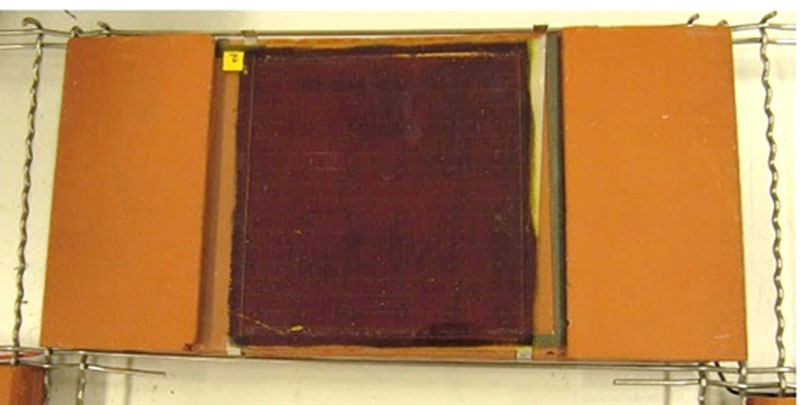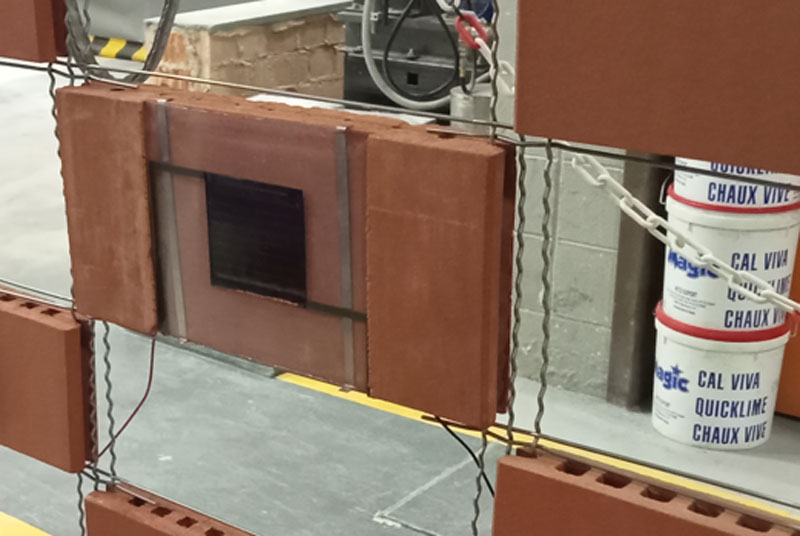A team of European scientists led by researchers from the International University of Catalonia (UIC) has for the first time integrated perovskite solar cells into building materials for building cladding and wall construction. “Solar Brick” is designed for simple installation techniques without the need for laying on cement. With its help, it will be possible to create facades and roofs that collect solar energy, directly involving architectural solutions in generation.

Image source: Universitat Internacional de Catalunya
Researchers have worked on the integration of perovskite elements with sides of 99 × 99 mm into bricks made of so-called textile ceramics. These are panels with a relief reminiscent of rough fabric. In the EU in 2011, a unique brick design and the technology of its dry masonry with fixation on steel reinforcement were patented. The technology allows workers without special qualifications to quickly cladding facades and walls, including coating over thermal insulation.
The researchers presented an experimental solar brick with sides measuring 300 x 117 mm. The solar cell is installed dry on it by attaching it to L-shaped steel contacts recessed into the ceramic. From the contacts there are steel tracks up and down to connect with the elements above and below (bricks). The connection is made by electric welding. It later turned out that the grooves in the bricks turned out to be the weakest point of the design – they increased the risk of cracking of the bricks, and this point would require improvement to bring the development to the market.

Electric welding also turned out to be an imperfect solution. When testing a wall made of solar bricks for vibration at a frequency of 10 Hz, one of the welded joints failed. Obviously, the reliability of the connections also needs to be studied more carefully.
Overall, solar brick was found to perform well “in general terms” in terms of marketability, with the main problem being ceramic deterioration. “Future studies should reconsider the solar brick design,” the scientists concluded.